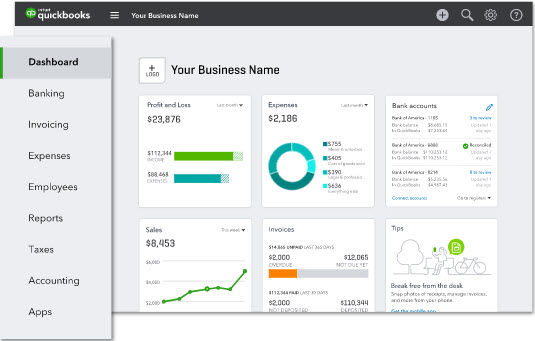
Organize Your Member Contributions and AttendanceĪ majority of church income comes from member contributions, so tracking member contributions is a needed function to give you insight into how much each member has given on a weekly, monthly, quarterly, or annual basis. Having to go back through records in different file cabinets or different offices is slow and cumbersome. While recording information via paper spreadsheets may be cost-effective, is not the most efficient way of your time. The best kind of church organization has taken advantage of two things: knowledge, and efficiency. Analyze trends to see when attendance is increasing/decreasing.


Given the nonprofit status of most churches, the AR functionality will usually work in unison (or be replaced) with a donor management, fundraising, or fund accounting functionality.

While almost all nonprofit organizations will have some form of membership, churches will regularly set up group meetings such as Sunday School, Bible studies, confirmation classes, or other services that need to be tracked separately from the general fund. One important difference in how software may (or should) be operated from a church compared to a standard nonprofit organization is tracking member contributions and attendance. Given this clarification, you can understand why church accounting software would offer similar functionalities as traditional nonprofit software, such as donor management and fundraising. While some churches could be considered as “for profit” (and thus have income), for the sake of this discussion, we’ll go with the more common discussion of churches being classified as a nonprofit entity. Money moving throughout the accounting books from a church usually come from donors, fundraising activities, or grants/funds received from a variety of sources.

Church accounting software provides basic accounting to track income and expenses (or since churches typically don’t have any income, “money in” and “money out”).


 0 kommentar(er)
0 kommentar(er)
